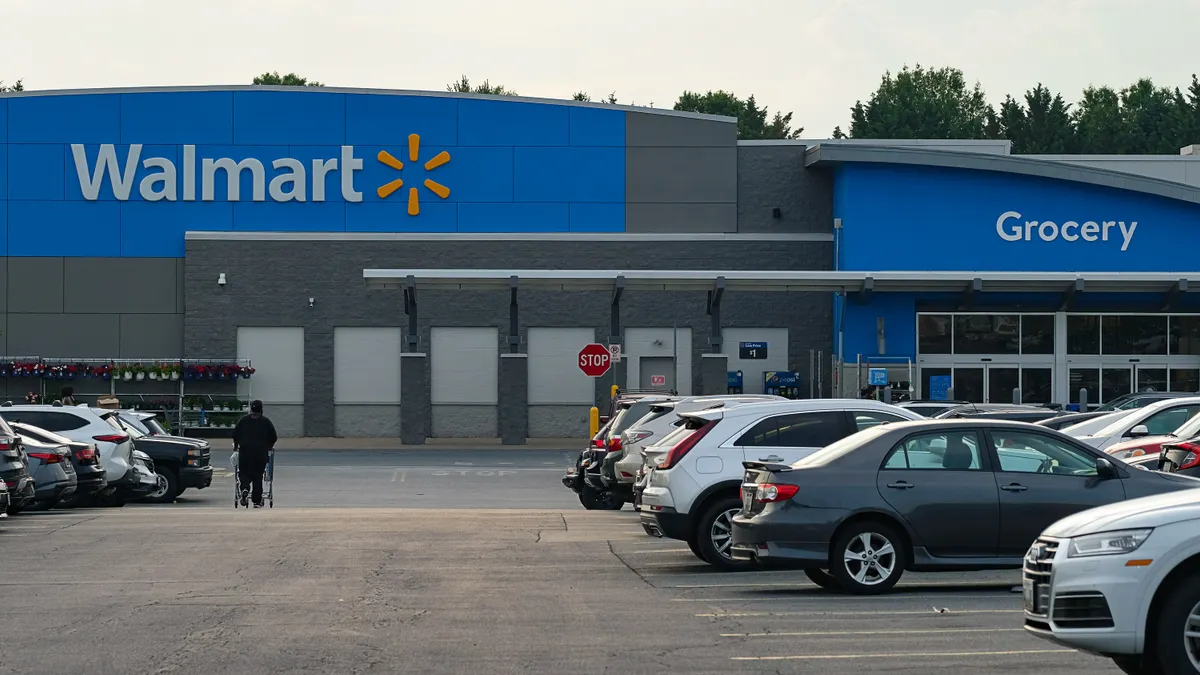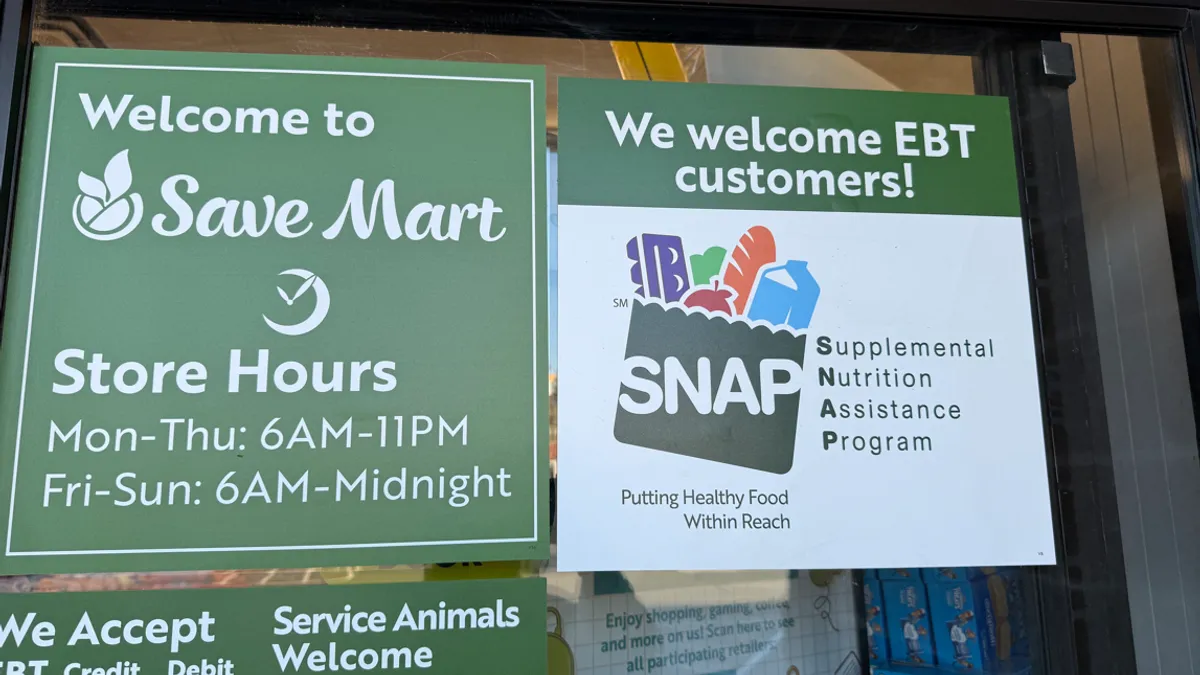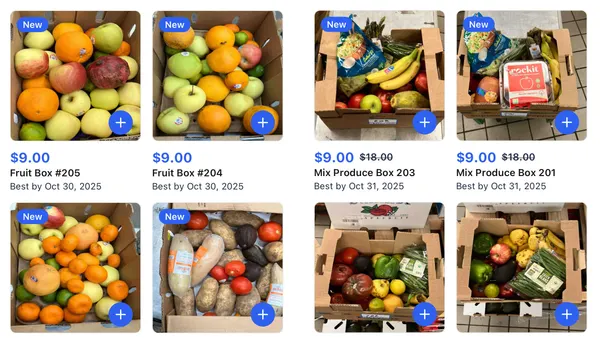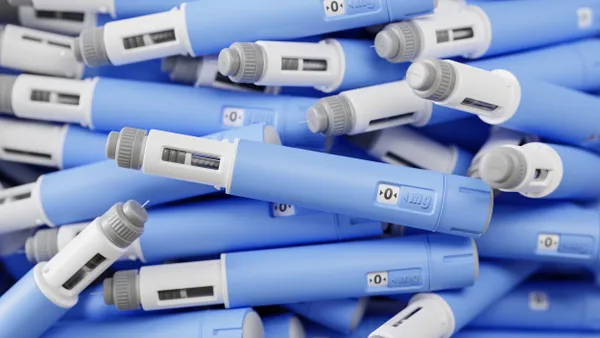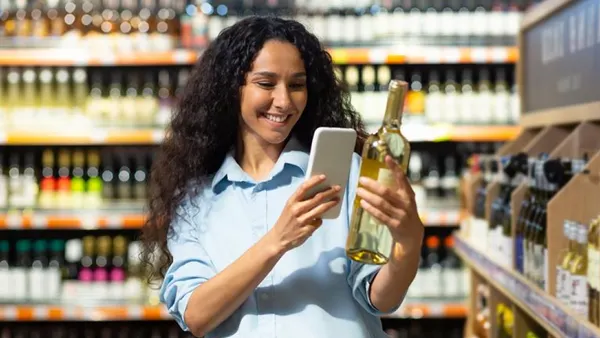Inventory distortion costs the retail industry an estimated $1.7 trillion annually, and a significant share of that loss stems from poor on-shelf availability. For grocery retailers, where margins are thin, and consumer loyalty hinges on having the right product at the right time, addressing on-shelf data is both a competitive necessity and a bottom-line opportunity. The challenge? Traditional systems don't offer real-time, item-level visibility to track product movement precisely.
That’s where 2D barcodes come in. Unlike legacy UPCs, 2D barcodes carry a wealth of dynamic data in a single scan, including batch and lot numbers, expiration dates, provenance details, and much more. When built on industry standards, these data-rich barcodes enable seamless interoperability across systems, vendors, and platforms, opening the door to a wide range of high-impact benefits for grocers.
Retailers that embrace this shift can unlock new levels of operational agility, shopper satisfaction, and brand trust. With industry momentum building and global standards in place, the time for grocers to act is now.
In stock versus on-shelf: Why it matters
While “in stock” is a straightforward concept for retailers to assess and manage, on-shelf availability is more difficult to track. And there are serious consequences for retailers that fail to master both.
In-stock items are products currently in inventory at a given point in time. However, on-shelf refers to the products the customer has access to purchase at that moment. For example, if a retailer receives delivery of canned tomatoes but they are languishing in the stock room or someone has them in their shopping cart, those tomatoes are not considered on-shelf.
Ensuring that in-stock items are available on the sales floor is critical because shoppers often have access to inventory data on retailers' websites. “There is a real risk in disappointing the customer if they travel to the store expecting to buy an item and find an empty shelf instead,” says Ned Mears, Senior Director, Global Standards, at GS1 US, the leading not-for-profit standards organization.
What’s behind the push for better data?
Two main factors are driving the urgency for retailers to improve on-shelf availability. First, customers have access to a lot of information online. They also have more options. The customer standing in front of an empty shelf where the tomatoes should have been can pull out their phone and find a nearby competitor with them in stock. As they head out the door, they are left with a negative impression of the first store. “You want to know with certainty how much available product is actually on the shelf at the critical moment when the customer can interact with it,” says Mears.
The second factor is an increasingly dynamic and complex retail environment with multiple purchasing channels. Not only are customers pre-shopping to see what they can expect to find at the store, but more customers are ordering online for delivery at a physical store or picking up curbside. The retailers that have seen the best results are those that have adapted to changes in consumer buying behavior since the COVID-19 pandemic. Many have invested in operating their stores as a mini distribution center or e-commerce fulfillment location. Ultimately, success for all channels is built on high-quality inventory and on-shelf data. At the same time, many retailers are struggling to staff inventory and restocking teams.
How can 2D barcodes help
Fortunately, 2D barcodes can alleviate many pain points in on-shelf tracking. While legacy UPC barcodes contain an item's general product identity, 2D barcodes provide more granular data elements. For example, they can include a serial number that identifies that exact item. This prevents inventory errors resulting from multiple scans of the same item. They can also include information on expiration dates, recalls, nutrition, and available coupons.
Industry has set a date to make the transition to accepting 2D barcodes at point-of-sale (POS) — referred to as Sunrise 2027. This is a milestone for retail technology evolution, and the time for retailers to ensure their POS systems are equipped with scanners capable of reading both traditional barcodes and 2D barcodes.
To make the transition, retailers do not need cumbersome hardware updates. They simply adjust their point-of-sale systems to recognize the new codes and periodically update the software to ensure it remains functional. “There is concern about what this will cost," says Mears. “But the hardware that’s in place, in most cases, is already capable. It’s a matter of configuring them to read 2D barcodes and perform the upgrades needed to meet this new standard.”
The cost of keeping the status quo
A significant consequence of retailers not making these upgrades is that the rest of the industry may move forward without them. “If your competitors start to see the advantage of modernizing their technology, and brands are putting more data in 2D codes, it is very possible that late adopters will fall behind,” says Mears.
Retailers and brands upgrading to 2D barcodes open significant opportunities, including better authentication, traceability, safety, and product freshness. Forward-thinking retailers will invest appropriately and encourage their suppliers to do the same.
Curious about how to ensure a seamless shift to 2D barcodes? GS1 US provides a wealth of resources to educate and guide you every step of the way.




